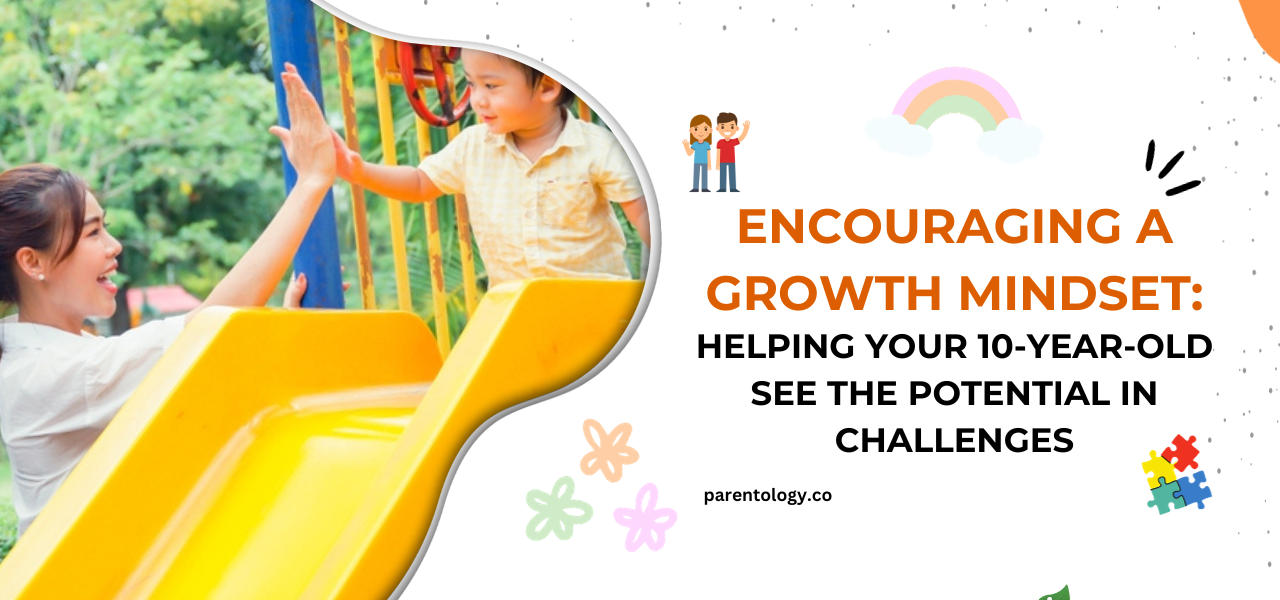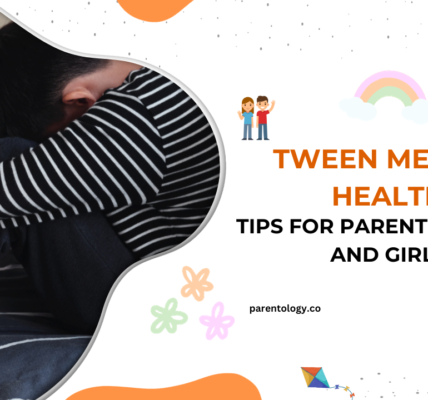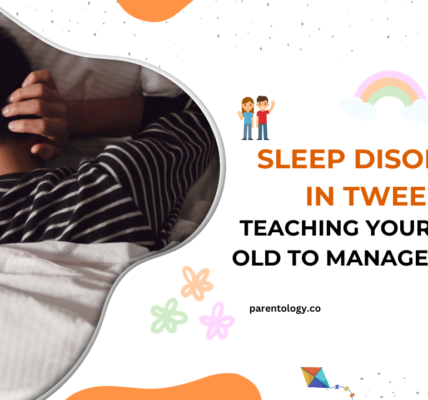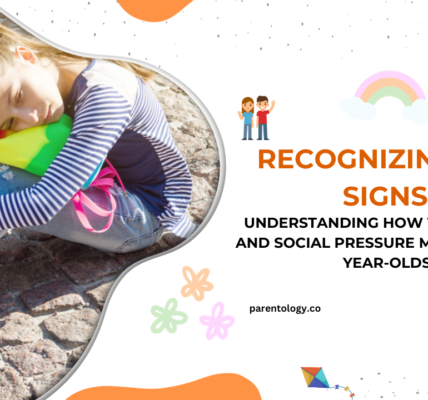Empowering Your 10-Year-Old: Unleashing Self-Advocacy Skills in Homeschool Learning
In the realm of homeschool learning, empowering your 10-year-old involves more than just academic milestones. It’s about fostering self-advocacy skills that set the stage for a personalized and fulfilling educational journey. Let’s dive into creative strategies to make homeschooling an empowering experience for your child.
Understanding the Essence of Self-Advocacy in Homeschool Learning
1. Defining Self-Advocacy in a Homeschool Setting
In homeschooling, self-advocacy is the ability of your child to express their needs, preferences, and challenges in their learning journey.
2. The Importance of Self-Advocacy for 10-Year-Olds
- Personalized Learning: Enables tailored education that aligns with your child’s unique strengths and weaknesses.
- Confidence Building: Instills a sense of confidence as they actively participate in shaping their educational experience.
Creative Approaches to Teaching Self-Advocacy Skills
1. Project-Based Learning (PBL) Adventures
- Engage your child in hands-on projects related to their interests.
- Encourage them to take charge, make decisions, and present their findings.
2. Gamify the Learning Process
- Turn lessons into exciting games to capture their interest.
- Utilize educational apps that combine fun and learning.
3. Open Communication Platforms
- Create a safe space for your child to express their learning preferences.
- Regularly discuss their educational journey, addressing concerns and celebrating achievements.
4. Incorporate Decision-Making Exercises
- Encourage your child to make choices in their learning path, fostering a sense of responsibility.
- Example: Let them choose a topic for a project or decide on the order of subjects for the day.
5. Set Achievable Goals Together
- Collaborate with your child to establish realistic learning goals.
- Example: Create a weekly goal chart for completing assignments or mastering specific skills.
6. Introduce Time Management Techniques
- Teach your 10-year-old to manage their time effectively, balancing study sessions and breaks.
- Example: Use a visual timer for study sessions and breaks.
7. Encourage Problem-Solving
- Foster critical thinking skills by involving your child in resolving challenges they encounter.
- Example: If they struggle with a particular subject, brainstorm solutions together.
The Role of Homeschool Learning in Building Confidence
1. Tailored Learning Plans
- Develop personalized learning plans to accommodate your child’s strengths and areas for growth.
- Regularly reassess and adjust the plan based on their progress.
2. Public Speaking Opportunities
- Organize mini-presentations or debates to enhance communication skills.
- Public speaking boosts confidence and self-expression.
FAQs on Empowering 10-Year-Olds in Homeschool Learning
Q 1: How can I introduce self-advocacy to my child in homeschooling?
Ans 1: Initiate open conversations, encouraging your child to express preferences and concerns about their learning experience.
Q 2: Is gamification suitable for all subjects in homeschool learning?
Ans 2: Yes, gamification can be adapted to various subjects, making learning interactive and enjoyable.
Q 3: How often should I reassess my child’s personalized learning plan?
Ans 3: Regular reassessment, ideally every semester, ensures the plan aligns with your child’s evolving needs and progress.
Q 4: Are there online platforms that support homeschool gamification?
Ans 4: Yes, platforms like ABCmouse and Prodigy provide gamified learning experiences suitable for homeschoolers.
Q 5: What’s the significance of public speaking in homeschool learning?
Ans 5: Public speaking builds confidence, enhances communication skills, and prepares your child for real-world scenarios.
Q 6: Can project-based learning be incorporated into traditional subjects?
Ans 6: Absolutely! PBL can be adapted to any subject, fostering critical thinking and application of knowledge.
Q 7: How do I create a safe space for my child to express their opinions in homeschooling?
Ans 7: Establish open communication, actively listen to your child, and assure them that their opinions are valued and respected.
Q 8: Are there age-appropriate ways to introduce self-advocacy to younger children?
Ans 8: Simplify the concept, use age-appropriate language, and gradually introduce decision-making opportunities to younger children.
Q 9: What are some creative ways to make homeschool learning enjoyable for 10-year-olds?
Ans 9: Incorporate hands-on activities, educational games, and interactive lessons aligned with their interests.
Q 10: How can I strike a balance between structure and flexibility in homeschooling?
Ans 10: Establish a flexible routine, allowing room for spontaneity while maintaining a structured framework for essential learning goals.
Conclusion: Nurturing Empowered Learners Through Homeschooling
As you embark on this homeschooling journey, remember that each day presents an opportunity to empower your 10-year-old. By fostering self-advocacy skills, you not only enrich their educational experience but also equip them for a future where learning is a lifelong adventure. For more insights on effective homeschooling, visit Parentology and continue to inspire a love for learning in your child’s heart.





